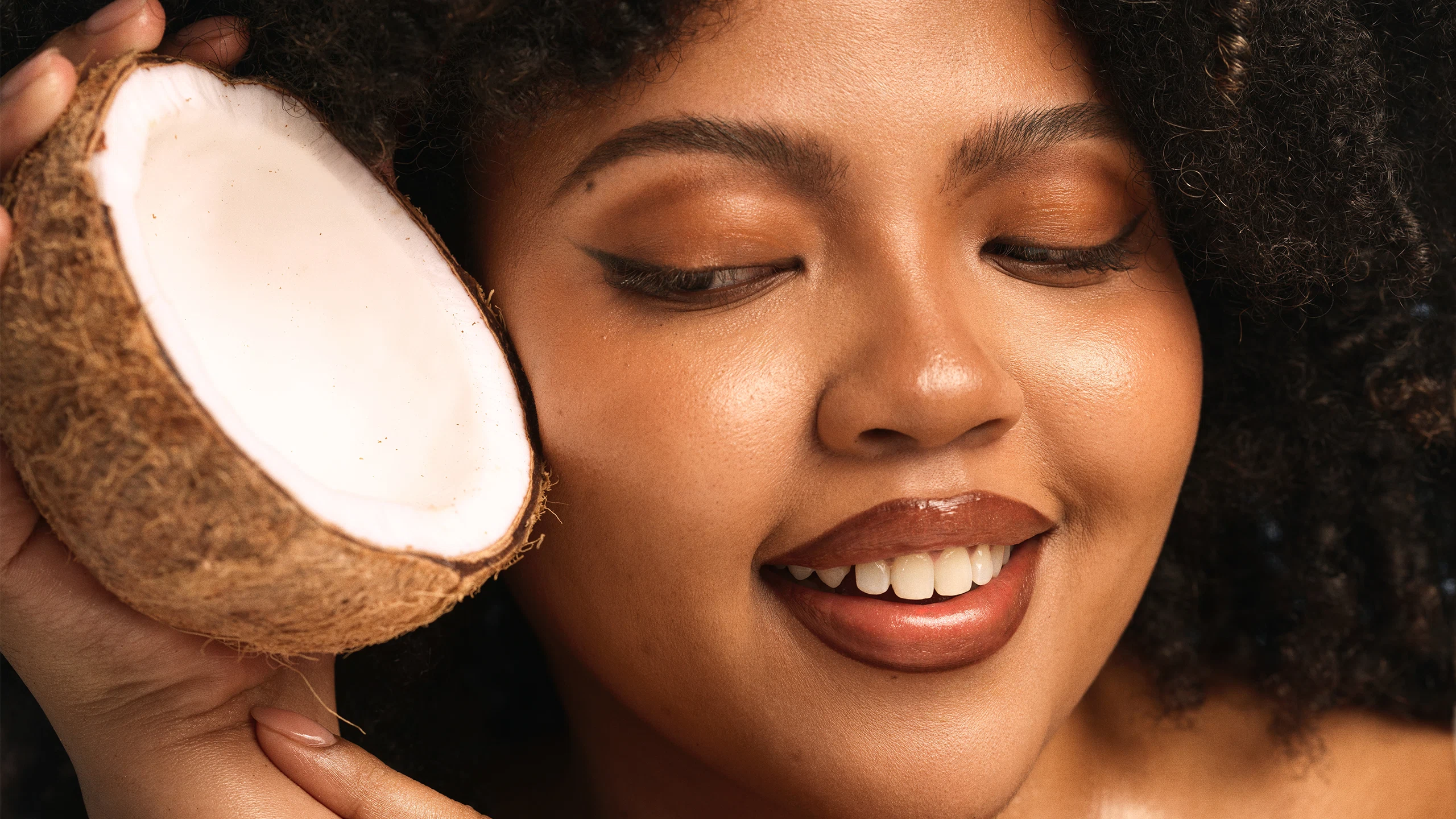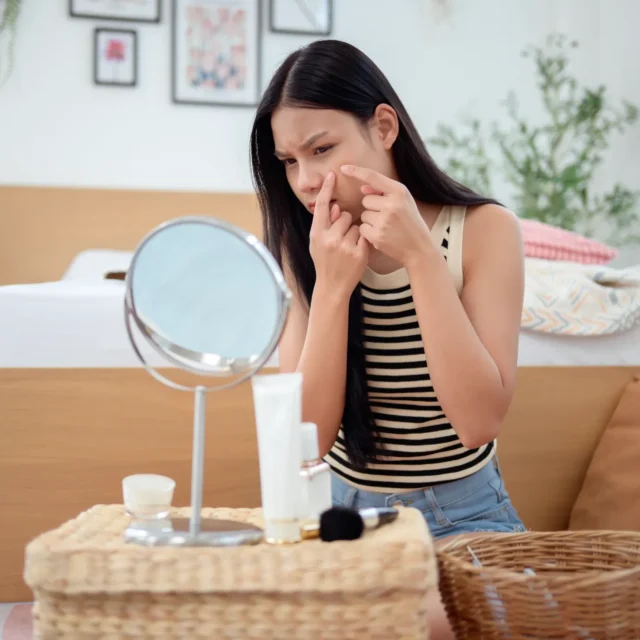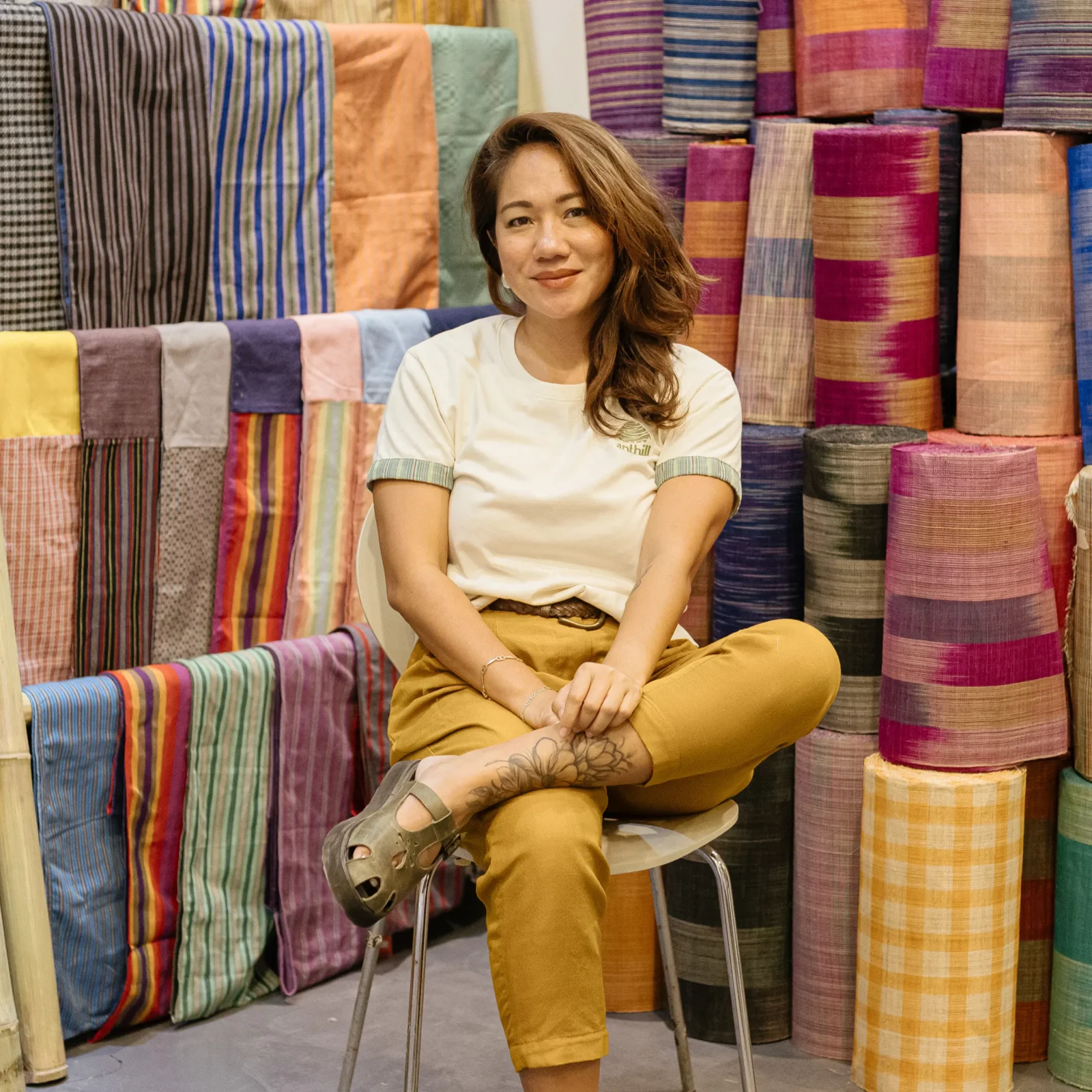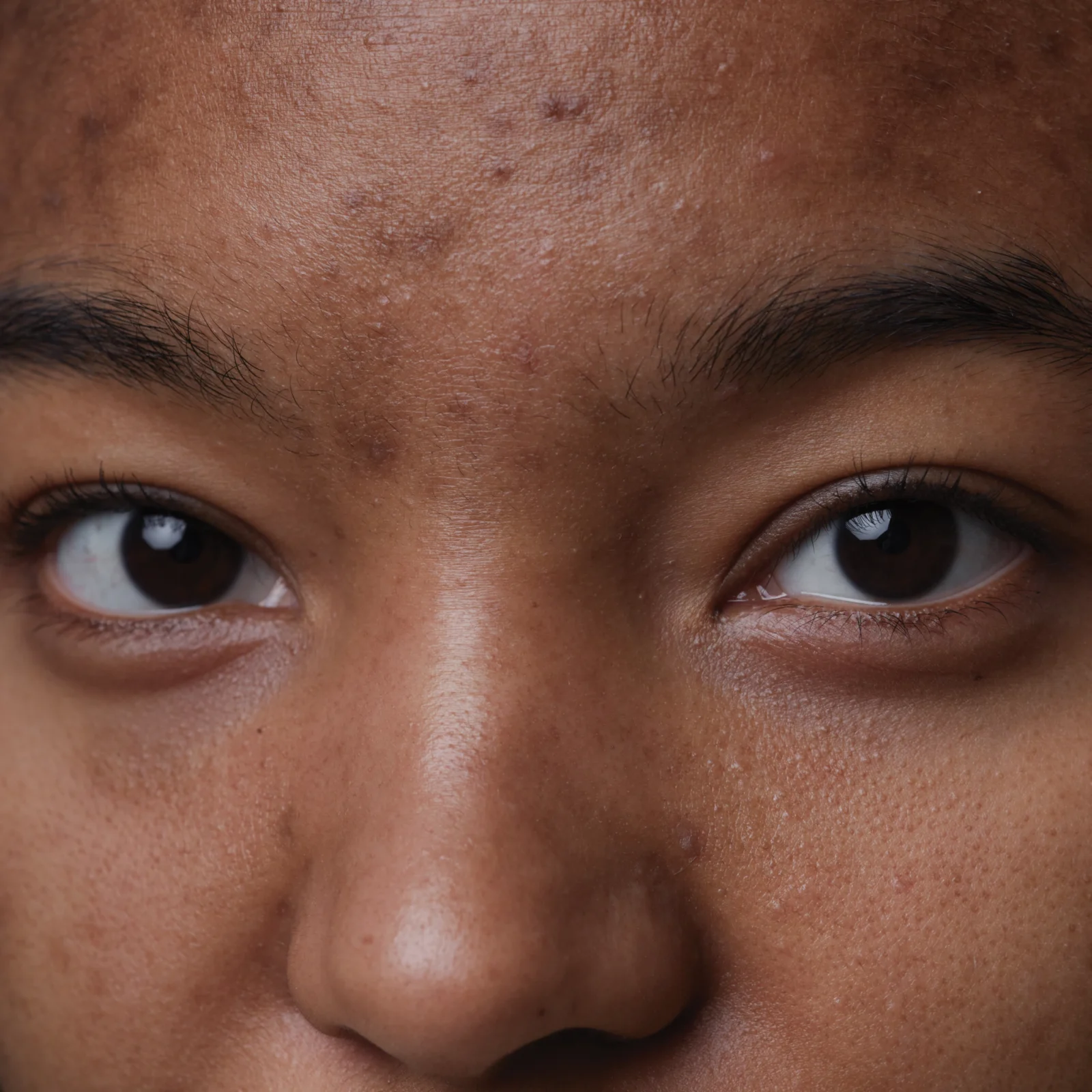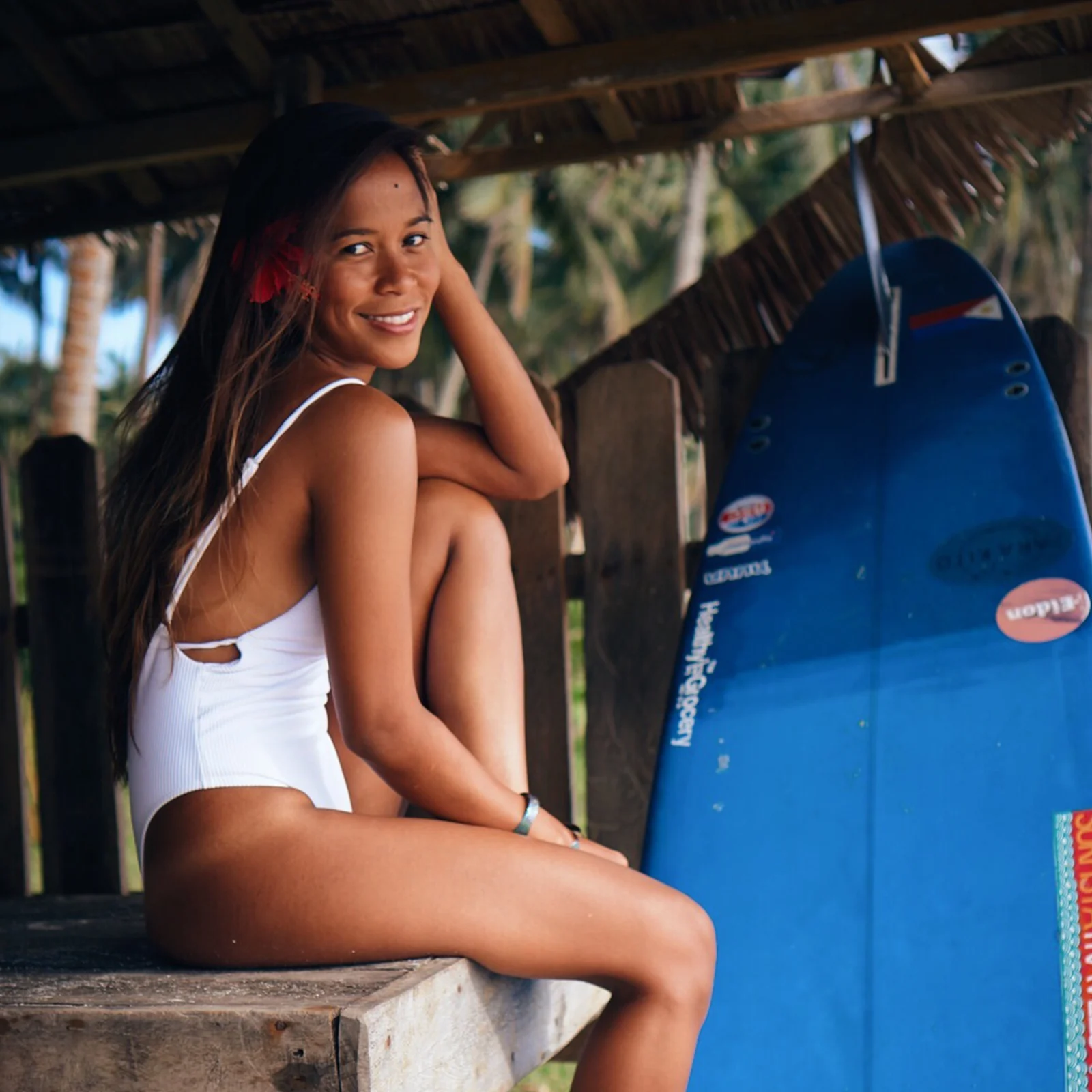Why the Myth That Dark Skin Is Harder to Photograph Persists
We spoke with professional photographers about a bias that’s existed since film was invented and why they think a different perspective is the first step for change.
By Kaitlyn McNab and Lia Cruz
In the early days of color film technology, Kodak sold the majority of the color film used in the United States. From the 1940s until the 1990s, Kodak supplied photo labs across the nation with a reference card meant to calibrate the colors—including skin tones—within an image. These reference cards, dubbed “Shirley cards” after the original model’s name, all featured photos of similar-looking alabastrine, brunette white women. “Shirley” became the standard for color correction, the yardstick used for processing by technicians, and now, a symbol of the skin color bias so deeply rooted within the world of photography.
The film chemistry that creates color balance was not originally designed with yellow, brown, and reddish skin tones in mind, and such hues wouldn’t even be considered until the 1970s. For Concordia University professor Lorna Roth’s 2009 research on the equity of image technologies, she spoke with Earl Kage, the former head of the Color Photo Studio at Kodak Park during the 1960s and 1970s and former Manager of Kodak Research studios. Kage shared with Roth that, at the time, companies that sold furniture and chocolate raised concerns with Kodak because “they were having a good deal of difficulty” in differentiating wood grains, and the film was failing to distinguish “the subtle variations” between dark, bittersweet, and milk chocolates in photographs. The subsequent inclusion of darker skin tones on Kodak’s color film wasn’t necessarily a consideration at all—rather, the by-product of solving an advertising dilemma.
While the range of photography’s technological capabilities have advanced and expanded significantly over the past few decades, the tech’s bias in favor of light skin has perpetuated a certain ongoing lore around dark skin: Darker skin tones require more light, darker skin is more difficult to edit, darker skin is, overall, a burden to photograph and film.
Even today, with the science of photography at its most inclusive point yet, those behind the camera continue to get it wrong. On smaller scales—failing to equally light interracial couples—and larger scales—in advertisements, television episodes, and magazine covers—alike.
But it doesn’t have to be this way. Folks with darker skin deserve the simple pleasure of recognizing themselves in photos and being proud of their image, without having to worry about their skin color being distorted through the lens by faulty tech or by a faulty photographer who lacks the requisite awareness to shoot a spectrum of skin colors.
We spoke to professional photographers about their personal approaches to shooting those with darker skin tones, and what they do on set and in post-production to make melanin look great on camera—because as the saying goes, you don’t take a photograph, you make it.
ARTU NEPOMUCENO
Photographer based in Manila, Philippines
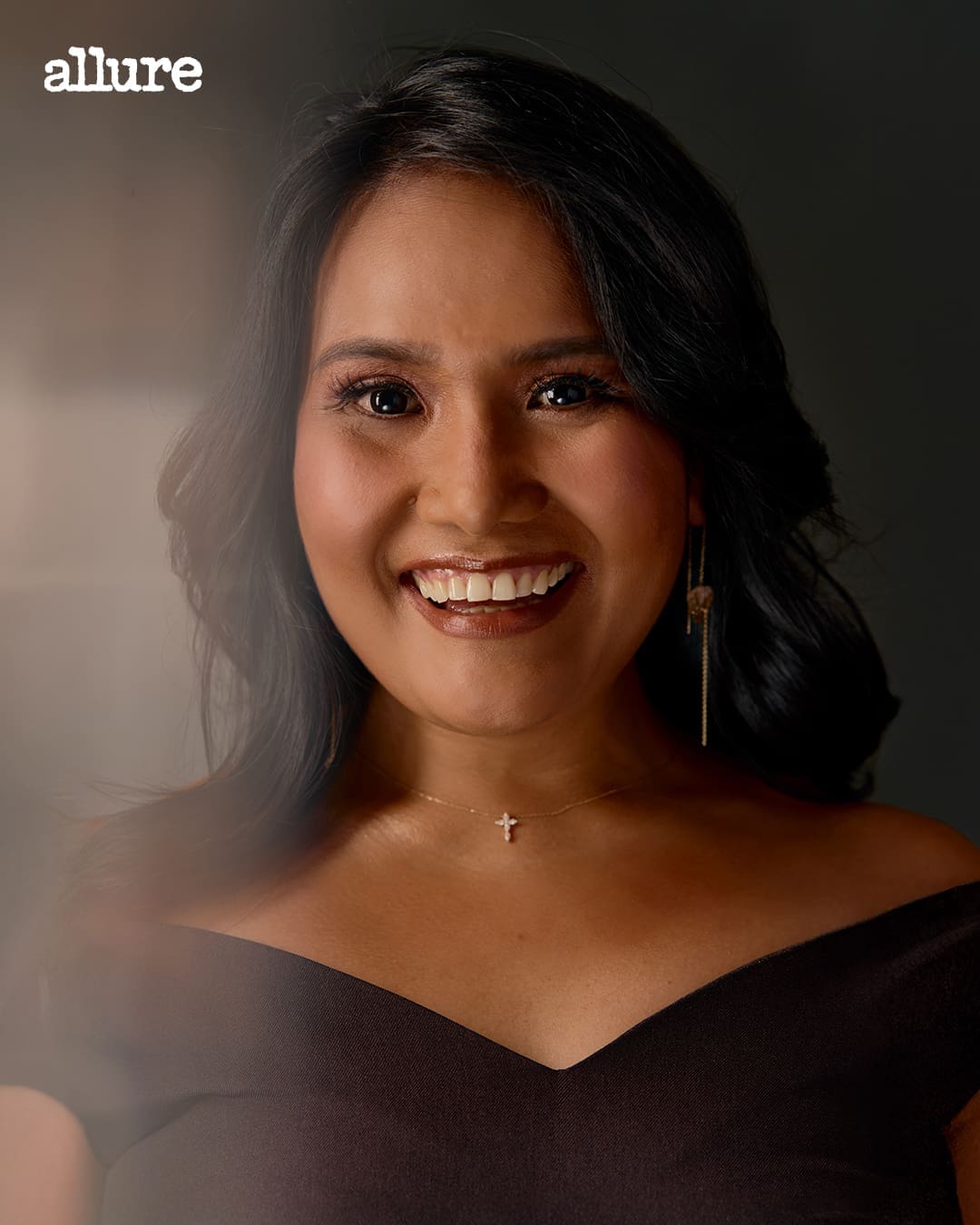
Apara Studio top. Burlô by Vestido earrings. Photo: Artu Nepomuceno.
Allure PH: Is the idea that darker skin is harder to photograph, in fact, a myth, or is there actual truth to it?
Artu Nepomuceno: The story of photographing dark skin comes from a deeply troubling past. Photography in its early form was a luxury—a craft that was prohibitively expensive to practice or access. In the 19th and early 20th centuries, most daguerreotype and tintype portraits featured subjects from Europe and North America: overwhelmingly white, wealthy individuals. These portraits were symbols of novelty, prestige, and historical elegance.
Meanwhile, Black people were photographed not for memory or art, but for control. Enslaved individuals were often captured in images commissioned by scientists, not to honor them, but to serve anthropological and pseudoscientific agendas—reduced to “specimens,” not humans.
As colonial powers expanded into Asia, Africa, and the Pacific, photography became a tool of empire. The camera was used to catalog, exoticize, and control. Locals were stripped of identity, labeled as “types” or “tribal figures,” and staged in “before and after” images to glorify Western influence and justify the so-called ‘civilizing mission.’ Many images showed stark visual contrasts: dark-skinned colonized subjects next to pale-skinned Westerners—visual metaphors of power, deeply embedded in both Western and Eastern historical records.
Even well into the 20th century, the bias persisted in the very technology of photography itself. Film labs relied on “Shirley cards”—used to calibrate skin tone and exposure—featuring only fair-skinned white women. These became the standard for print labs and camera development.
It wasn’t until the 1970s that Kodak improved its color film formulations—not to better photograph Black or Brown skin, but to help clients photograph furniture and chocolate more accurately.
History and technology, in the context of photography, were almost never created with dark skin in mind. But that doesn’t mean dark skin is harder to photograph. It means the system wasn’t built to see it.
Allure PH: Does this apply to shooting the different darker skin tones of the Filipino?
AN: There are only minor technical considerations when photographing different darker skin tones, including the wide range found among Filipinos. The primary adjustment is in how light is measured and balanced. Darker skin reflects less light than lighter skin, so it may require slight exposure compensation to avoid underexposing the subject—especially when using automatic light meters, which are often calibrated for mid-tones.
However, with today’s cameras, lighting tools, and post-processing software, capturing darker skin tones accurately and beautifully is entirely possible—as long as the photographer is intentional. The key is not more light, but the right quality and direction of light, plus a commitment to rendering skin tones true to life, rather than lightening them to match outdated beauty standards.
In the Philippines, where skin tones vary widely—from warm fair tones to deep brown and golden hues—photographers must challenge colonial hangovers in visual representation. Photographing darker-skinned Filipinos isn’t more difficult—it simply requires a different sensitivity and a rejection of the biases built into photographic history.

Carl Jan Cruz dress. Burlô by Vestido earrings. Photo: Artu Nepomuceno.
Allure PH: Are there any adjustments that you make when photographing darker skin tones? How about when photographing a lighter skin tone and a darker skin tone together in one frame?
AN: Yes, when photographing darker skin tones, there are thoughtful adjustments I make—not because dark skin is difficult to photograph, but because most photographic tools were not built with it in mind.
Lighter skin reflects more light, which can make it easier for cameras to read in auto settings—but it also means highlights can easily blow out if you’re not careful. Darker skin, on the other hand, absorbs more light, so it often requires slight adjustments to exposure and, more importantly, the quality and direction of light.
When photographing people with darker skin, I often use softer light sources, angle my key light to bring out texture and dimension, and expose carefully to maintain richness in the skin tone rather than trying to match it to a lighter baseline.
When capturing mixed skin tones in the same frame, the challenge becomes about balancing contrast without compromising either subject. I avoid flattening the image just to make both tones meet in the middle. Instead, I might use fill light, separate light ratios, or simply position subjects where light falls more favorably on each person.
Ultimately, photographing different skin tones isn’t about technical difficulty—it’s about intentionality, respect, and unlearning the visual biases that have been built into the medium.
All skin tones deserve to be photographed with care, but darker skin—so often underrepresented—deserves to be lit with reverence.
Allure PH: Are there any adjustments you make in post-production or editing, for different skin tones?
AN: When I photograph people, I like to keep my lighting as dynamic and intentional as possible, but I always shoot from a neutral exposure point. I treat my raw files as a kind of blank canvas—not because I want to reinvent the subject, but because I want to start from a place of balance and honesty.
In post-production, I don’t follow a formula based on skin tone. Instead, I adjust based on how beautifully my subject’s skin naturally renders—whether light or dark—and ask myself, how can I honor this person’s presence even more?
Sometimes that means slightly lifting the shadows on darker skin to reveal more depth, or carefully protecting highlight details on lighter skin to preserve texture. But these are gentle, respectful refinements—not attempts to standardize anyone’s tone.
My goal is never to lighten or darken someone to fit a “norm.” It’s to celebrate how they actually exist in light, and make sure that feeling carries through to the final image.
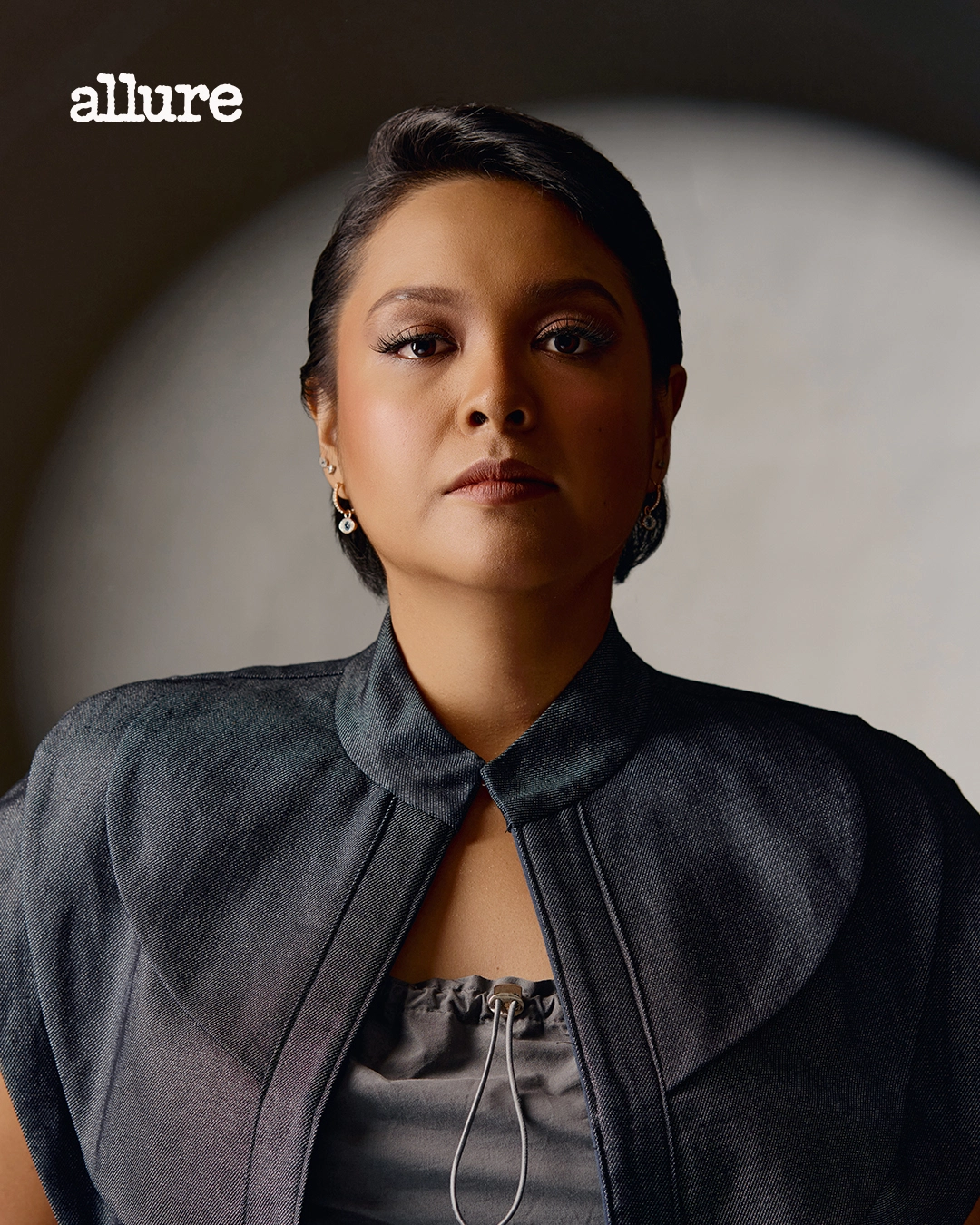
Orias Studios vest. Zara tube top. Photo: Artu Nepomuceno.
Allure PH: What techniques do you use to portray your subjects as realistically as possible, regardless of skin color?
AN: Skin tone is, of course, a technical consideration in photography—light behaves differently on different surfaces, and it’s our job as photographers to understand and respect that.
But in my work, I don’t photograph skin as the subject—I photograph the spirit, the presence, the energy of the person in front of me; and that has no color, shape, or category.
My technique begins with honest light, and continues through restraint in post-production. I avoid altering skin tones to fit trends or aesthetics. Instead, I focus on making sure the person feels seen—truly seen—as they are.
I believe realism isn’t just about accurate color—it’s about emotional truth. That’s what I try to preserve in every frame, regardless of skin tone.
Allure PH: What is your personal philosophy when you shoot people?
AN: Every day is the greatest of honors, every person is as human as the one before and after them.
JOSH TOLENTINO
Portrait, fashion, beauty, lifestyle, and commercial photographer based in Manila, Philippines
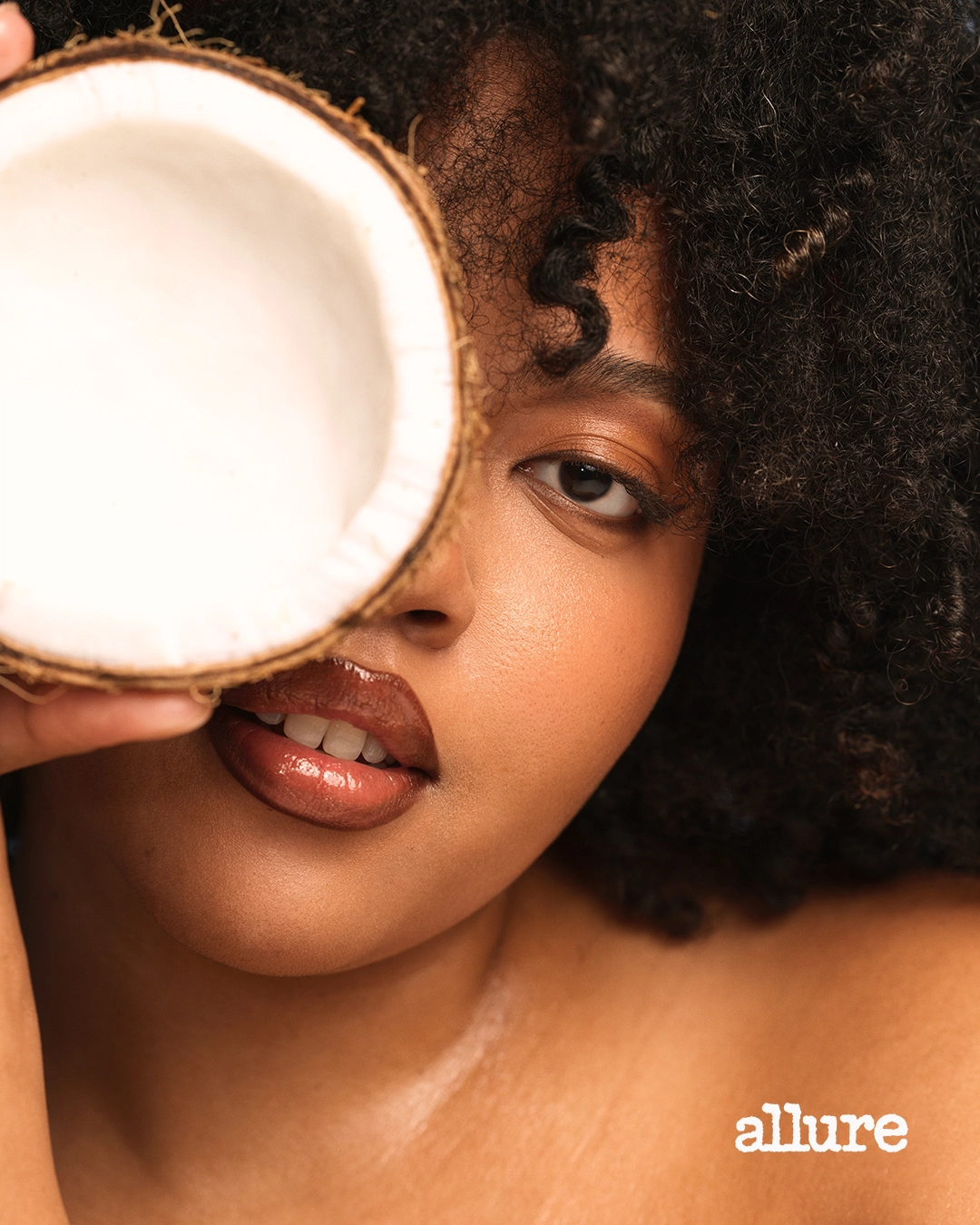
Photo: Josh Tolentino
Allure PH: Is the idea that darker skin is harder to photograph, in fact, a myth, or is there actual truth to it?
Josh Tolentino: In college, my professor taught us that during the days of film photography, most color film stocks were calibrated for a limited range of skin tones—primarily lighter ones. This meant that other skin tones, especially darker ones, often didn’t have the same reference point in the printing process.
So, the idea that darker skin is harder to photograph comes from that history. It wasn’t necessarily harder—it just wasn’t properly accounted for by the tools of the time. Of course, some photographers still managed to create beautiful images of darker-skinned individuals, but the system itself wasn’t designed with that full spectrum in mind.
Today, things are much more inclusive and intentional, especially with digital technology, which gives us more control over color and exposure. We can instantly check the image, adjust in-camera settings, or fine-tune during post-processing. This helps ensure that the full range of Filipino skin tones can be captured accurately and beautifully.
Allure PH: Filipinos have a range of different skin tones. Are there any adjustments that you make when photographing darker skin tones? How about when photographing a lighter skin tone and a darker skin tone together in one frame?
JT: Yes, I make certain adjustments when photographing darker skin tones, and especially when capturing both lighter and darker skin tones in the same frame. My goal is always to represent each skin tone as accurately and naturally as possible.
I usually begin by properly exposing the midtones in-camera to retain detail and avoid blown-out highlights on lighter skin. Since digital sensors read reflected light differently depending on the surface, skin tones—being naturally varied—respond differently to the same lighting setup. Lighter skin reflects more light, while darker skin absorbs more, which can affect how both are rendered in a single image. That’s where post-processing plays a key role.
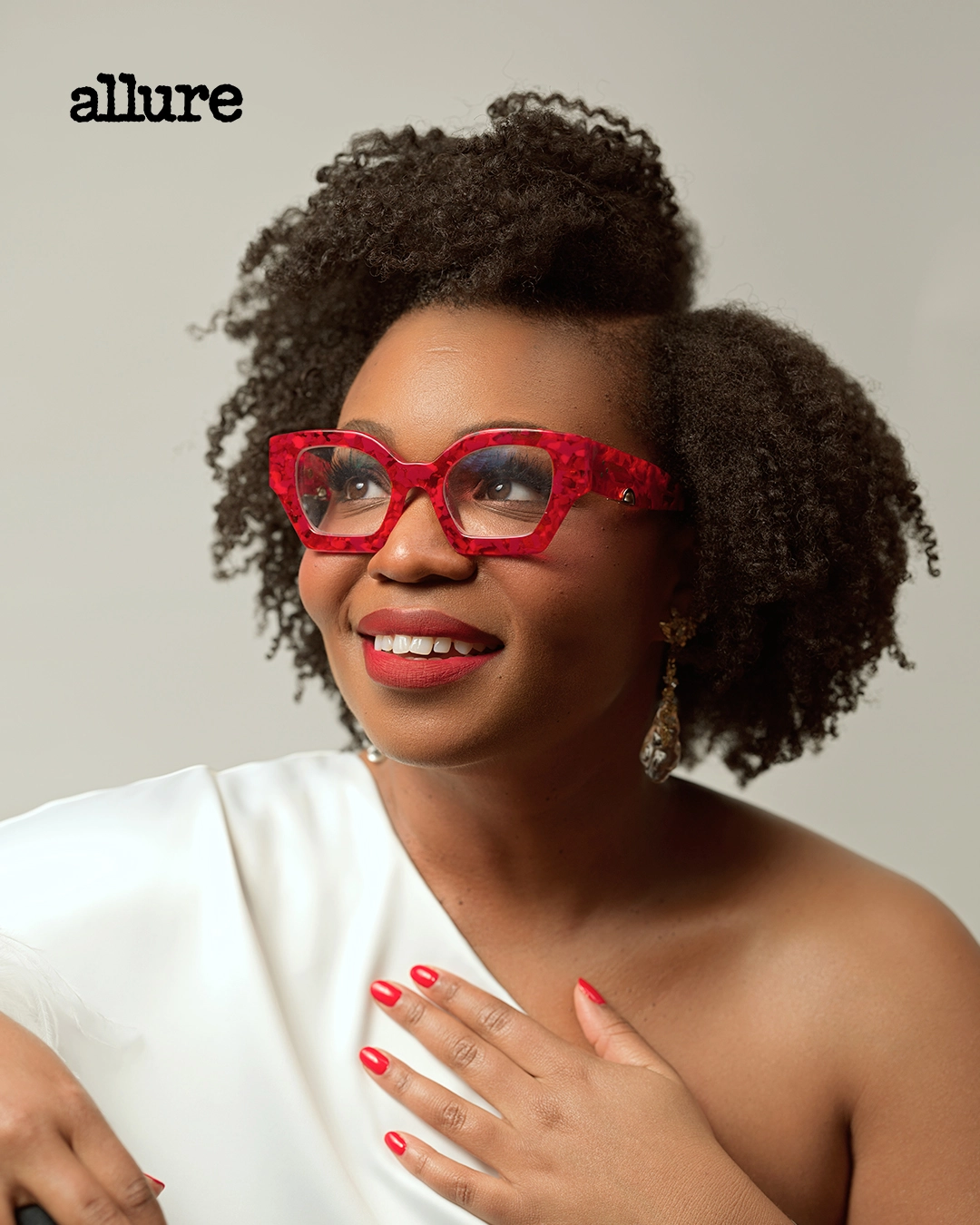
Photo: Josh Tolentino
Allure PH: Are there any adjustments you make in post-production or editing, for different skin tones?
JT: Yes, I definitely make adjustments in post-production for different skin tones—mostly through color correction, white balance, and exposure tweaks. I use tools like selective exposure, contrast, and tonal curve adjustments to balance the frame—bringing out detail in both ends of the tonal range, without overcorrecting or washing out the natural skin tones. It’s about control and intention, both in lighting and in post, to ensure the tones stay true and the image feels cohesive. My goal is always to depict skin tones as natural and as accurate as possible, while also staying true to the mood or story I’m trying to tell.
Even when I apply a color filter or grading to achieve a certain vibe, I make sure that the skin tones don’t get lost or look unnatural. I pay close attention to the balance between highlights, midtones, and shadows, especially when there are varying skin tones in one frame. Every adjustment—whether it’s tonal curves, selective color, or contrast—is guided by both accuracy and intention, depending on the message I want to convey through the image.
Allure PH: What techniques do you use to portray your subjects as realistically as possible, regardless of skin color?
JT: It really depends on whether I’m using natural light or studio lighting. Personally, I lean more toward natural light—whether it’s soft shade or direct sun—because it helps me see the subject more clearly, just as they are. If I want to capture every detail and keep things grounded in reality, I usually place the key light in front of the subject to highlight their features evenly.
For me, it’s also about allowing people to present themselves the way they want to be seen. That’s a big part of portraying them realistically—honoring their presence and letting that come through in the photo.
Technically, I pay close attention to balancing highlights, midtones, and shadows. That helps keep the tones true and the image cohesive. But I also believe in breaking rules when the moment calls for it—if a certain vibe or lighting direction feels more authentic to the emotion or story I want to express, I follow that instinct. Sometimes that means bending my usual approach—but if the photo turns out strong and honest, it’s worth it!
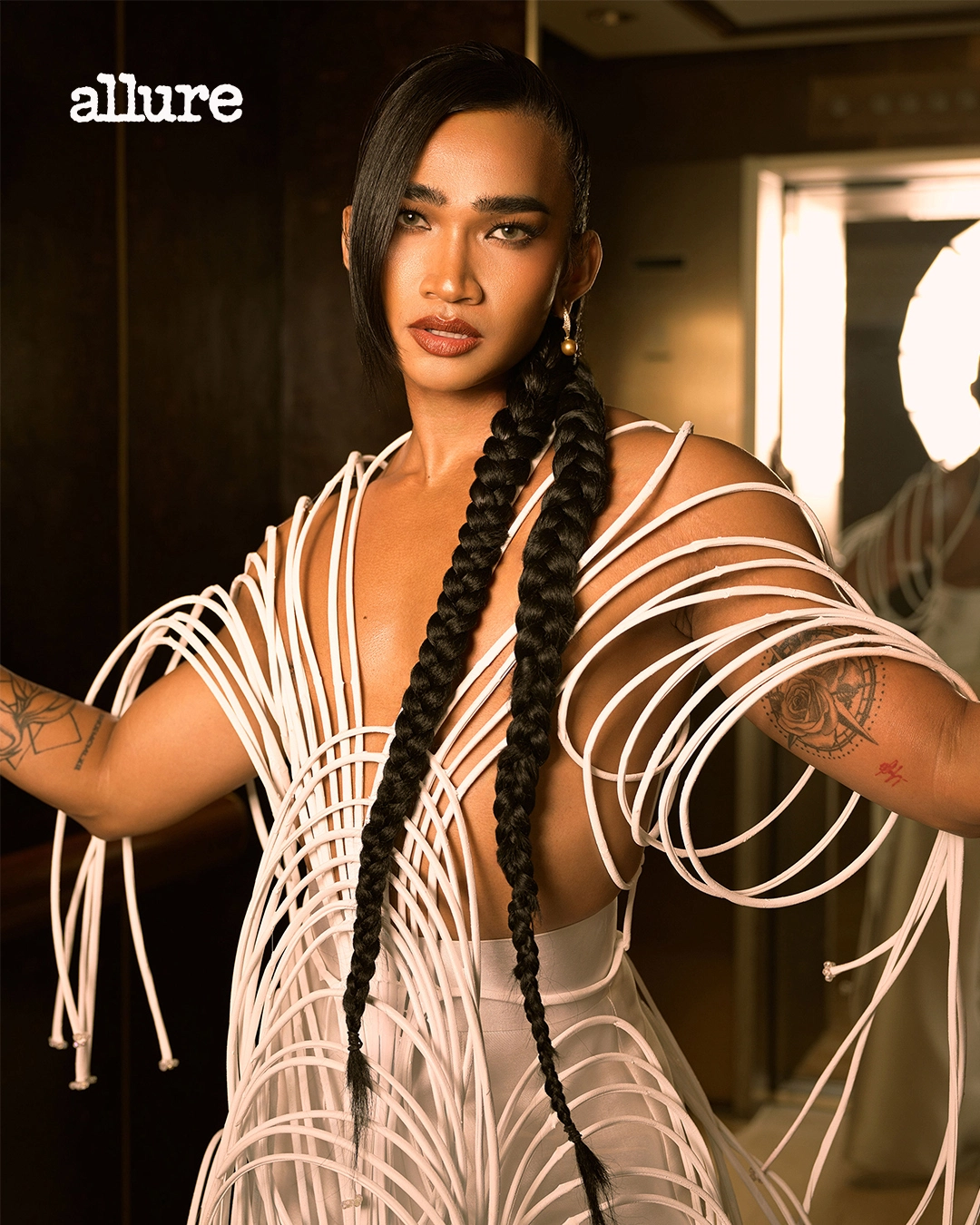
Photo: Josh Tolentino
Allure PH: What is your personal philosophy when you shoot people?
JT: I always start with this: I want to show people the beauty I see in the person I’m photographing. Even with editorials or more stylized shoots, the core of it is the same—I want them to look beautiful, to feel proud of themselves, to be seen in their best light and their best angle.
I want the viewer to feel something when they see the image—to sense elegance, clarity, and connection. My style leans somewhere between ideal and real. I try to find the middle ground between the two: elevated, but still relatable.
I also approach photography as a form of storytelling. I draw from my inspirations, emotions, and ideas to create images that say, “This is my craft.” I hope people can connect to that story—even if it’s through just one frame.
CYRUS PANGANIBAN
Portrait, fashion, beauty, and commercial photographer based in Manila, Philippines

Courtesy of Cyrus Panganiban
Allure PH: Is the idea that darker skin is harder to photograph, in fact, a myth, or is there actual truth to it?
Cyrus Panganiban: For me, it’s a myth in this current era. With technological advancements in photography equipment, it’s easier now to navigate these kinds of challenges—we have better lights, equipment, and software.
Allure PH: Is it difficult to shoot the different shades of darker skin tones of Filipinos? Are there any adjustments that you make when photographing darker skin tones? How about when photographing a lighter skin tone and a darker skin tone together in one frame?
CP: Filipino skin is not hard to photograph with proper photography knowledge and experience.
I use equipment that creates a softer, diffused light to accentuate the subject’s face and skin details. I also use reflectors to direct light and avoid too much shadow, while still maintaining some subtle shadow for definition and detail. This creates a defined look without losing the natural contour of the face of the subject.
When photographing different skin tones in one frame, I just make sure I have lighting properly positioned so that the subject with the lighter skin tone won’t be overexposed and the subject with the darker skin tone won’t be underexposed. It’s not one-size-fits-all, so I study and prepare in advance. I also prefer a diffused light shaping tool and I use reflectors to avoid images that are too high-contrast.
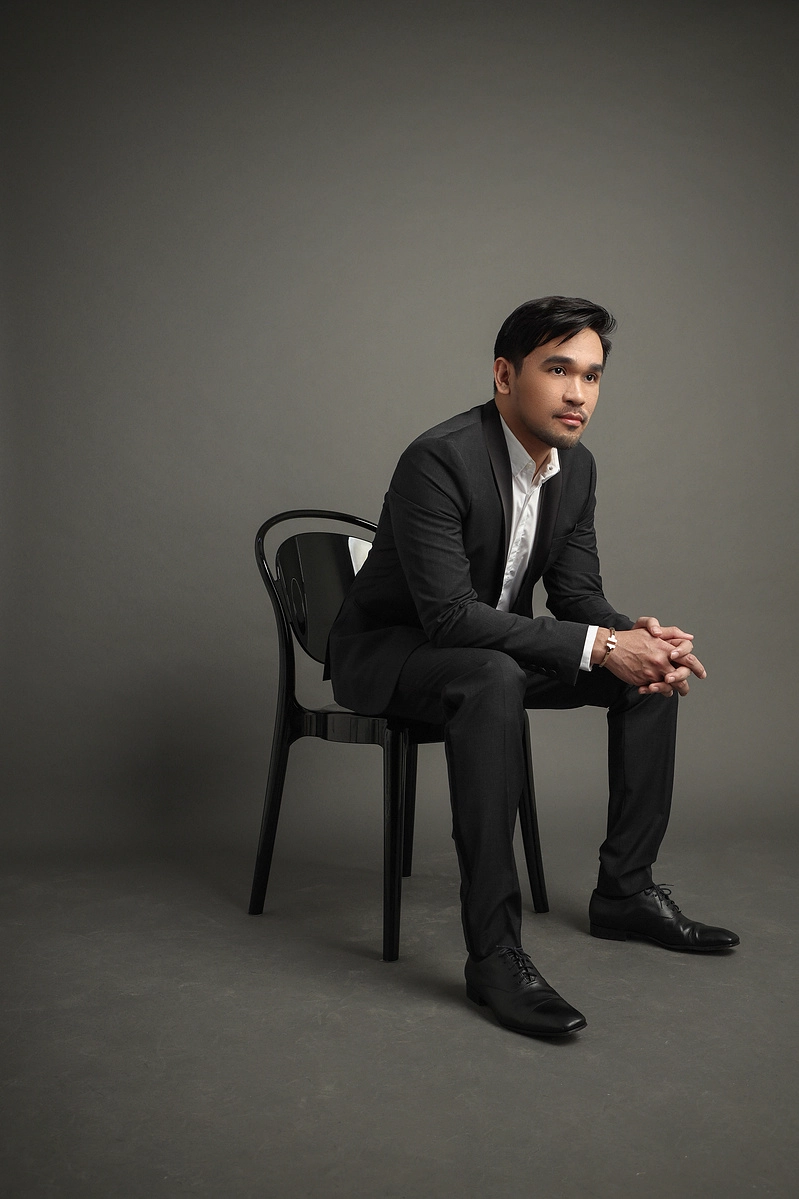
Courtesy of Cyrus Panganiban
Allure PH: Are there any adjustments you make in post-production or editing, for different skin tones?
CP: For editing, I noticed that it’s almost the same adjustments that I [normally] do, I just match the white balance depending on what is flattering for each individual. I don’t use presets for editing, each individual goes through different degrees of adjustments. I adjust the same things like highlights, and shadows, but never with the same degree. I particularly focus more on my lighting than my retouching.
Allure PH: What techniques do you use to portray your subjects as realistically as possible, regardless of skin color?
CP: I study the face of my subject and from there, I decide what lighting to use to accentuate his or her attributes. Through my years of experience, I have a go-to lighting [setup]. I keep it simple, classic, and timeless.
Allure PH: What is your personal philosophy when you shoot people?
CP: Less is more.
JACQ HARRIET
Fashion, beauty, and portrait photographer based in New York City and Los Angeles
Allure: Is there any difference in your approach to photographing people with melanin-rich skin as opposed to other skin tones?
Jacq Harriet: Working in the commercial world, I sometimes get hired to do a lot of group photoshoots [which] tend to include a cross-section of different skin tones. A lot of times, we’ll be shooting [all the models] in the same exact lighting settings.
When you’re shooting a wide range of skin tones under the same lighting conditions, it’s about having enough time to figure out what makes sense most for each person: Some skin tones need a little bit more highlight so that you can see the contours, and then sometimes, when you bring someone in who’s got really white skin, you need to bring the lights down. There is no one size fits all approach when it comes to lighting for darker skin tones or for a lighter skin tone, because every person is coming into the frame with a different sort of skin type.
For me, the most important thing is always visualizing what people look like in person and trying to use that knowledge in the post-production process when you’re doing any burning or dodging [a technique that manipulates the exposure of a selected area on a photograph, deviating from the rest of the image’s exposure] to make sure that you never lose the contours of someone’s skin.
Allure: Is the preparation and setup for a shoot different when the subject has darker skin?
JH: Sometimes we’ll bring in a V-Flat [a lighting tool that is commonly used as a light reflector but can also be used as a backdrop] or add an additional light… or sometimes a scrim [a material placed between your light source and your subject that either reduces or diffuses light] if the light is coming too harsh. I really honestly give a lot of credit to my wonderful assistants, who I work with a lot—Casanova Cabrera and Chad Hilliard.
It’s all about the team being super aware of new people coming into the frame, and that we’re not making anyone appear too dark, as in, we’ve lost the details of their face. Because you really want to make sure that you can still see skin details, especially in beauty photography.
In an outdoor setting [without studio lighting] it’s about putting someone in the light so that the skin tone isn’t in shadows and you lose the creases, the actual details of the skin. I always like to place my subjects partly in the sun versus making them backlit, just so nobody becomes silhouetted too much, and that really goes for all skin tones and the way I shoot.
Allure: As a photographer, is there anything else that you do to ensure that darker skin is done justice through your lens, from a procedural perspective?
JH: I think my most important advice would be more about the editing process. When you’re in the post-process, you’re trying to figure out: what does this person look like in everyday life, what did they look like when you were shooting it, am I doing justice to their actual skin tone? [You may] also [be] trying to bring back more detail.
Allure: Would you say, then, that one of your biggest priorities as an imagemaker is to portray your subjects as realistically as possible?
JH: My style does tend to go a bit bright overall on all skin tones. I’m always trying to play with the levels in Photoshop to get more dimension and more richness in skin tone, because I like my pictures to feel opened up, and I always like to take them back down again in post. I like overall other elements to feel airy, but I feel like when you’re able to add back a little bit of levels and contrast in the face, or in the skin in general, it just feels more dimensional, more 3D, more realistic. The subjects separate from a softer background and become the focal point.
MYLES LOFTIN
Editorial photographer based in New York City
Allure: What kind of stories do you like to tell through your photography?
Myles Loftin: My subjects are typically Black and brown people or anybody that comes from a marginalized background. I’m most drawn to photographing [subjects with these identities] because they most closely relate to my experience growing up and moving through the world. I also realized that people like me weren’t always being seen, or at least being portrayed in the way that I felt was honoring their existence. That’s where my work steps in.
Allure: What are the differences in your approach to photographing people with more melanin as opposed to other skin tones?
ML: When I’m shooting, my primary goal is to make everyone look as vibrant and good-looking as possible. I especially like to focus on the highlights of Black skin. I love when it’s soft natural light and you get those really nice highlights on the face. [Also] making sure the skin looks really even-toned. When some people shoot dark skin, it tends to fall off into one shade of darkness, and I like to make sure that the way people show up in my photographs shows the range of hues and not just one example.
Allure: What are your mechanics or techniques behind making melanin look great on camera, especially when working with two different mediums like digital and film?
ML: I’m more conscious of [the other colors on set] when it comes to working with different skin tones, rather than the exact lighting techniques. Some people have blue undertones, some people have yellow and red. I use a lot of different backdrops, and [picking one that complements my subject’s undertones is] really an important decision because it can make or break the way that a photo turns out.
Allure: Do you have any special techniques when it comes to editing?
ML: I always like to add a little bit of brown or red in the shadows to play on that warmth. I really like to emphasize the richness and the brownness of [the] people’s skin that I’m photographing. I typically go in Lightroom or Photoshop and enhance that.
Allure: Is there anything else you do to ensure that brown skin is done justice through your lens, from both a procedural and storytelling perspective?
ML: Most of my work has some sort of positive feeling about it. I don’t really photograph my subjects in a somber mood or use many cool tones. I don’t even really shoot black and white. In that way, I’m intentionally trying to create images that fall more on the positive side, because I feel like there is so much of the opposite. It’s honestly just what I gravitate towards more. There are people who make beautiful work that channels these more intense emotions, but I think as a person, I’m very laid back, I’m very chill, and I enjoy celebrating us as a people and making us look good by using photography.
Allure: What is your favorite part about photographing Black and brown people?
ML: It’s a different type of energy on set. It’s a whole different vibe. [It’s a] familiarity of experience and that comfortability that you have automatically when you step into a room of Black people. That is the difference for me, or at least what I love the most about getting to work with Black and brown individuals.
The reason we keep clicking the shutter
When everything’s said and done, a good photograph—and photographer— will capture the essence of its subject—no matter the conditions on set, the hurdles that need to be surpassed in the environment, and yes, the physical attributes of the subjects. Skin color, whatever it may be, in all its shades and nuances, is not a challenge to taking a good photo—rather, it’s a testament to why photography exists in the first place: the art of capturing a real, true moment, and translating it into a photograph.
Originally published in Allure US
- KEYWORDS
- morena
Latest Stories
You might also like
To provide a customized ad experience, we need to know if you are of legal age in your region.
By making a selection, you agree to our Terms & Conditions.